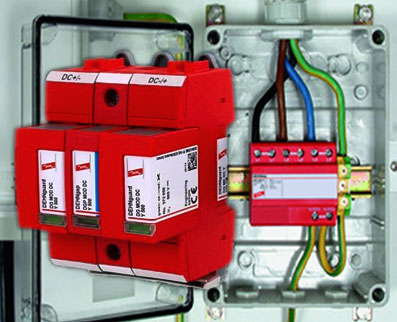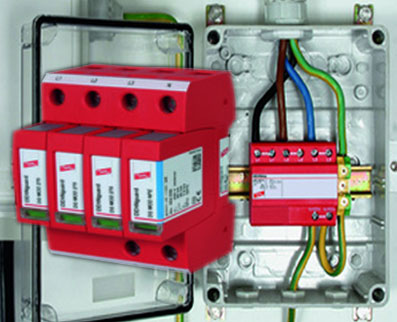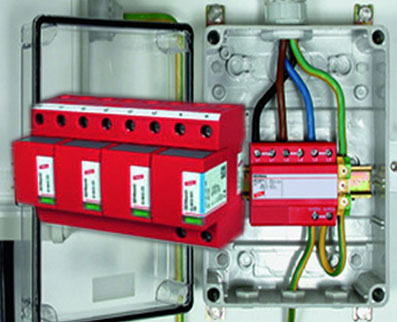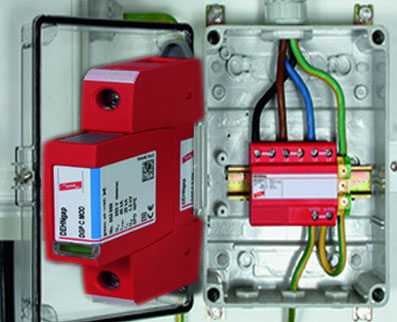We are leading Manufacturer, Supplier, Services Provider of Powerline Surge Arresters and our setup is situated at Pune, Maharashtra, India.
Failure of technical installations and systems in residential and functional buildings is very unpleasant and expensive. Therefore, faultless operation of devices must be ensured both during normal operation and thunder-storms. The number of annually registered lightning activities in Germany maintained at a constantly high level over many years. Damage statistics of insurance companies clearly show that there are deficits in terms of lightning and surge protection measures both in the private and commercial sector
A professional solution allows to take adequate protection measures. The lightning protection zone concept, for example, enables designers, constructors and operators of buildings and installations to consider, implement and monitor different protection measures. All relevant devices, installations and systems are thus reliably protected at a reasonable expense.
Sources of interference
Surges occurring during a thunderstorm are caused by direct / nearby lightning strikes or remote lightning strikes. Direct or nearby lightning strikes are lightning strikes to a building, its surroundings or electrically conductive systems entering the building (e.g. low-voltage supply, telecommunication and data lines). The resulting impulse currents and impulse voltages as well as the associated electromagnetic field (LEMP) are particularly dangerous for the devices and installations to be protected with regard to the amplitude and energy content involved. In case of a direct or nearby lightning strike, surges are caused by the voltage drop at the conventional earthing impedance Rst and the resulting potential rise of the building in relation to the remote earth. This means the highest load for electrical installations in buildings.
The characteristic parameters of the impulse current present (peak value, rate of current rise, charge, specific energy) can be described by means of the 10/350 μs impulse current wave form. They have been defined in international, European and national standards as test current for components and devices protecting against direct lightning strikes




